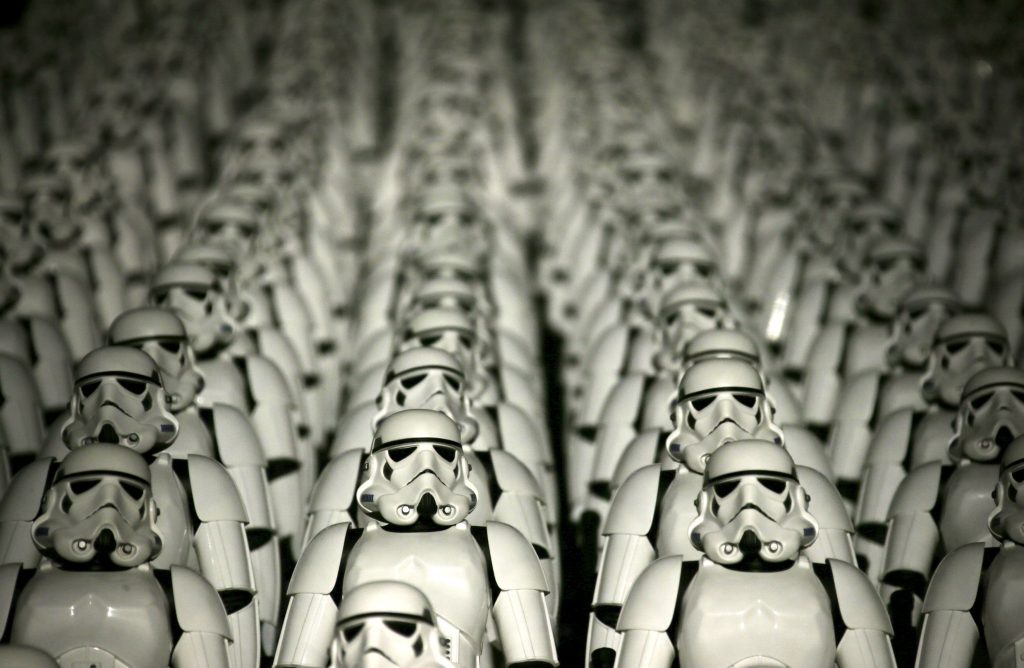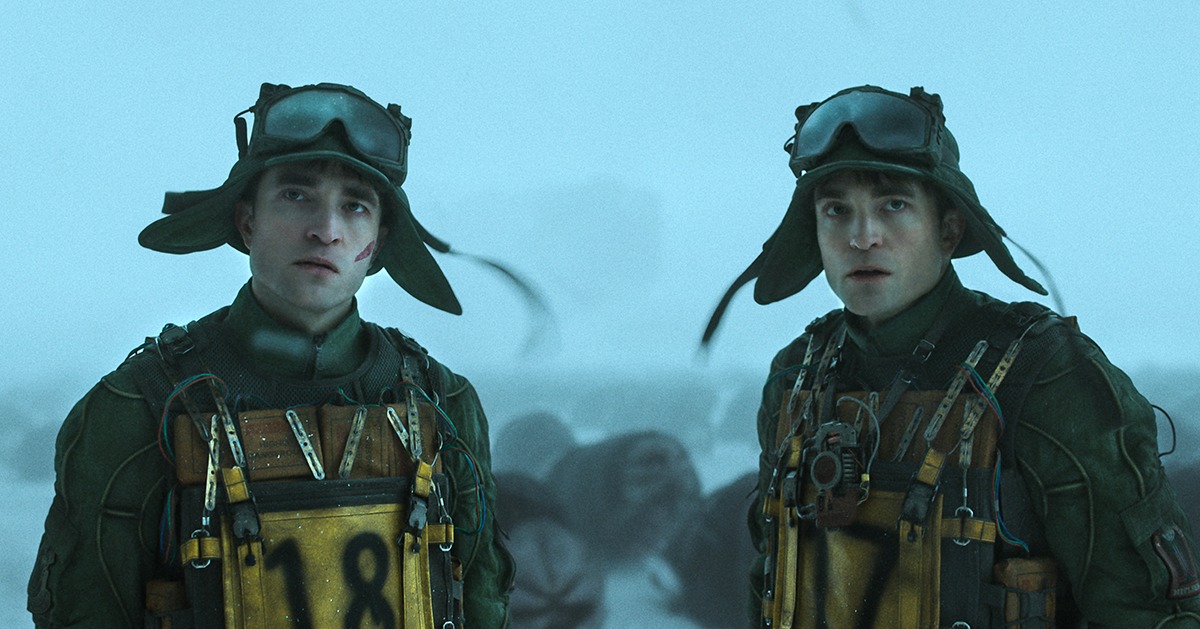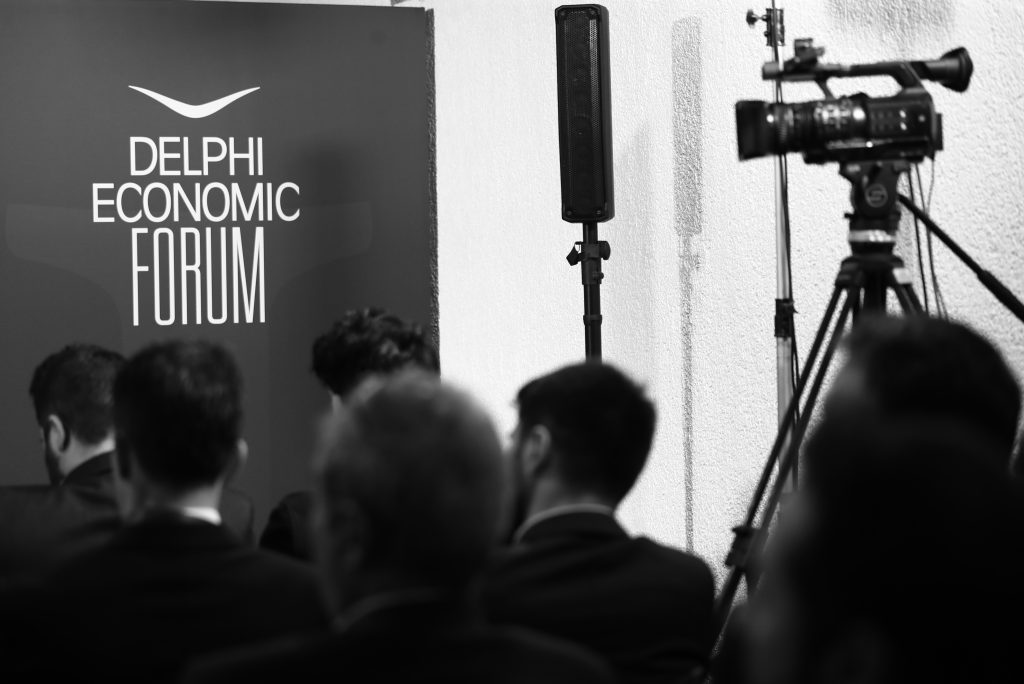If you could clone yourself to handle life’s unpleasant tasks, would you?
This question lies at the heart of a growing wave of psychologically intricate science fiction, which has shifted away from distant galaxies and monstrous invaders to focus instead on identity, autonomy, and the ethics of self-ownership. Once a genre built on escapism, sci-fi is now increasingly a mirror—reflecting contemporary anxieties with unnerving clarity.
In the 1970s, Star Wars revolutionized the genre with its intergalactic battles, alien species, and faraway worlds. Yet, beneath the spectacle, it carried strong political undertones. Dr. Michael J. Harris, author of Welcome to the Rebellion: A New Hope in Radical Politics, argues that Star Wars echoes real-world struggles against authoritarianism and resonates with the era’s movements for environmental justice, women’s rights, and LGBTQ+ liberation. It was rebellion wrapped in space opera—an epic narrative of resistance.

Five hundred replicas of the Stormtrooper characters from “Star Wars” are seen on the steps at the Juyongguan section of the Great Wall of China during a promotional event for “Star Wars: The Force Awakens” film, on the outskirts of Beijing, China, October 20, 2015. REUTERS/Jason Lee
Fast-forward to the digital age, and our battlegrounds have become internal. We now live parallel lives: one physical and messy, the other carefully curated for online consumption. Our social media profiles present polished, digestible versions of ourselves—smiling, successful, serene. They know nothing of grief, exhaustion, or betrayal. Given the choice, most of us prefer this perfected clone to the flawed, complex human we actually are.
Beneath its many themes, #Mickey17 is also about finding love for your whole self. We watch a man learn to embrace his edgier self and show love for his meeker side. pic.twitter.com/xEkLAOUlUy
— adam patla (@apat10) March 8, 2025
This digital duality raises a pressing question: who are we, really? Are we the people our loved ones know—or the personas we project to the world? And if technology could offer a tangible, flesh-and-blood clone to carry our burdens while we lived freely, would we accept the offer?
Two recent works—Dan Erickson’s acclaimed Apple TV+ series Severance and Bong Joon-ho’s 2024 film Mickey 17—force us to grapple with these questions. Both present chilling, speculative visions of identity fragmented by choice and convenience.
Mickey 17, The Substance, Severance… why is interacting with another version of yourself so in right now
— Coastal Elite (@polarctrl) March 9, 2025
In Severance, employees at Lumon Industries undergo a radical procedure that divides their consciousness into two distinct identities: the “innie” who exists solely at work, and the “outie” who enjoys life outside the office. Each half remains completely unaware of the other. For the innie, life is a loop of endless labor. For the outie, work is a black box. This severing creates a moral paradox: if one part of you consents while the other suffers, is it still oppression?
The show’s eerie marketing campaign extended this idea into real life. In one stunt, actors portraying Lumon employees were placed inside a glass cube in Grand Central Station, performing mundane office tasks as commuters gawked, photographed, and even tried to provoke them. The performance offered a haunting visual metaphor: a person so deeply submerged in self-subjugation that the outside world ceases to exist.
Mickey 17, starring Robert Pattinson, presents a different yet equally disturbing scenario. Pattinson plays Mickey, an “expendable” crew member on a space mission, whose job is to die repeatedly—resurrected each time in a new, printed body with retained memories. Unlike the severed workers in Severance, Mickey is fully aware of his suffering. Yet he continues, bound by obligation and utility. His life is defined by disposability.
This presents a deeper ethical dilemma: if a person consents to their own exploitation, is it still exploitation?
Both narratives share an unsettling truth: they depict worlds where different versions of the same person have unequal rights. Imagine knowing that a version of yourself—someone who loves what you love and fears what you fear—exists in suffering, and being unable to stop it. How do you reconcile that pain? Can you justify your own happiness if it comes at the cost of another self’s torment? What does selflessness mean when every choice ultimately serves you?
These existential fictions are not so far removed from our daily lives. Today’s digital environment demands that we split ourselves constantly. We maintain professional LinkedIns, curated Instagrams, and irreverent private group chats. We toggle between personas like costumes. This fragmentation leaves us disoriented, and the volume of conflicting content further muddies our grasp on truth, logic—even identity.
Severance isn’t just a sci-fi concept but a reflection of how we already live. We divide our lives into separate selves—curated personas for work, social media, and relationships—with each one carefully crafted to fit its environment. pic.twitter.com/Qx0ii6Itlt
— Lolo Cynthia (@Lolo_cy) March 31, 2025
We are bombarded by algorithmic chaos while the real mechanisms of power and exploitation operate behind the scenes. Instead of resisting, we internalize. We measure our value in likes, impressions, and productivity, not in joy, presence, or human imperfection.
This is the political undercurrent beneath Severance and Mickey 17: not just that we are exploited, but that we accept and often enable it. These stories ask: if your subjugation allows another version of you to thrive—one that is inauthentic but satisfied—is that a fair trade?
The deeper question is one of recognition: Do we see ourselves clearly? Or have we splintered beyond repair?
As these narratives suggest, our collective crisis is not just technological or philosophical—it is deeply emotional. We are losing our grip on what makes us whole. And in a world that demands compartmentalization, these stories ask us to make a choice: will we surrender, sever, or finally rebel?



